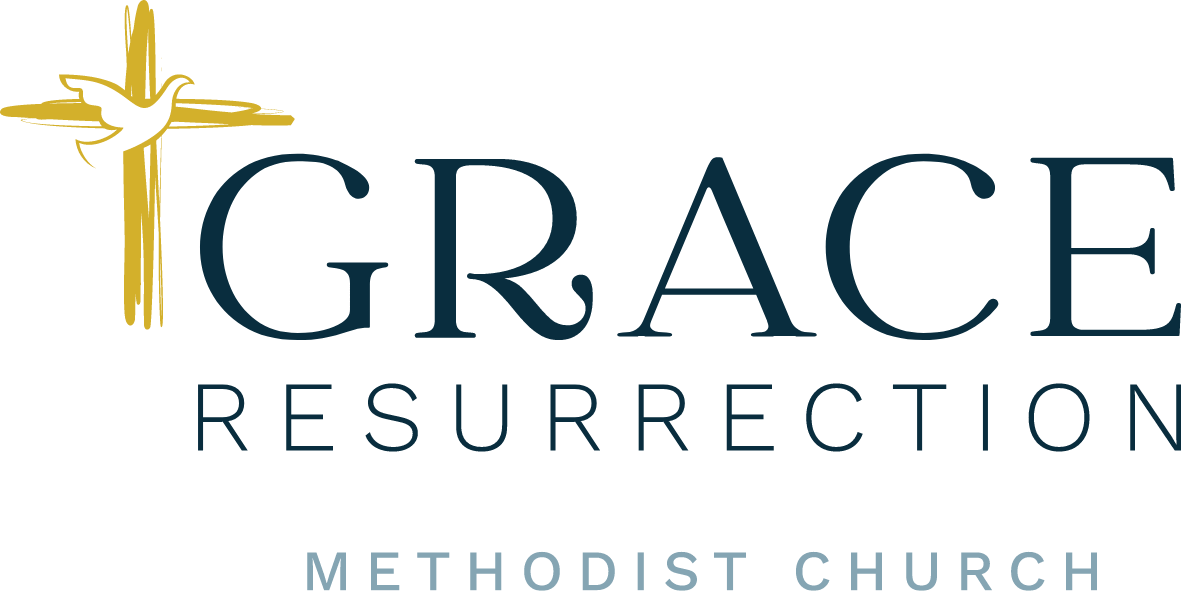The story of Jesus cursing the fig tree has always been interesting to me. He was always looking for teachable moments. The fig tree event has been confusing for readers of scripture for thousands of years, but if we look at Christ’s teaching style throughout his ministry, it’s not so difficult to understand. It’s important to first consider where Jesus was coming from. The fig tree was just a quick stopping point for the disciples to learn a lesson that would soon be important for them-and remains important for us in the modern Church.
In this passage, Jesus seems a little frustrated, and rightly so. He had just come from cleansing the Temple, where the people had turned the house of God into a marketplace. The respect and reverence for his Father were trampled, and the faith of the people-and likely the disciples-was not where it needed to be. Notice that the tree had many green leaves but no fruit. Now don’t get ahead of me! I can be like that at times: a lot of leaves but little fruit. Our churches can be like that too. Everything looks good, but there’s nothing truly solid for the kingdom.
Fruit follows faith. Jesus used this simple fig tree to show how important faith is to Christian living. Faith and expectation can move any situation in which we find ourselves. The world watches us and longs for what we say in the Church to be true: that Jesus is the answer, that he heals, that he meets our needs, and that he loves us despite ourselves. Our greatest advertisement for Christ is our own fruit and forgiveness. Green leaves are fine, but they often hide the fact that we bear no real fruit. Leaves are necessary but temporary-they eventually wither and die. But fruit produces sustenance and more seed.
Jesus reminds us here that true faith and forgiveness have something to show for it. True faith steps out onto impossible waters. Let’s ask God today to make us true Easter people: followers who bear much fruit.
-Rev. James Williams
